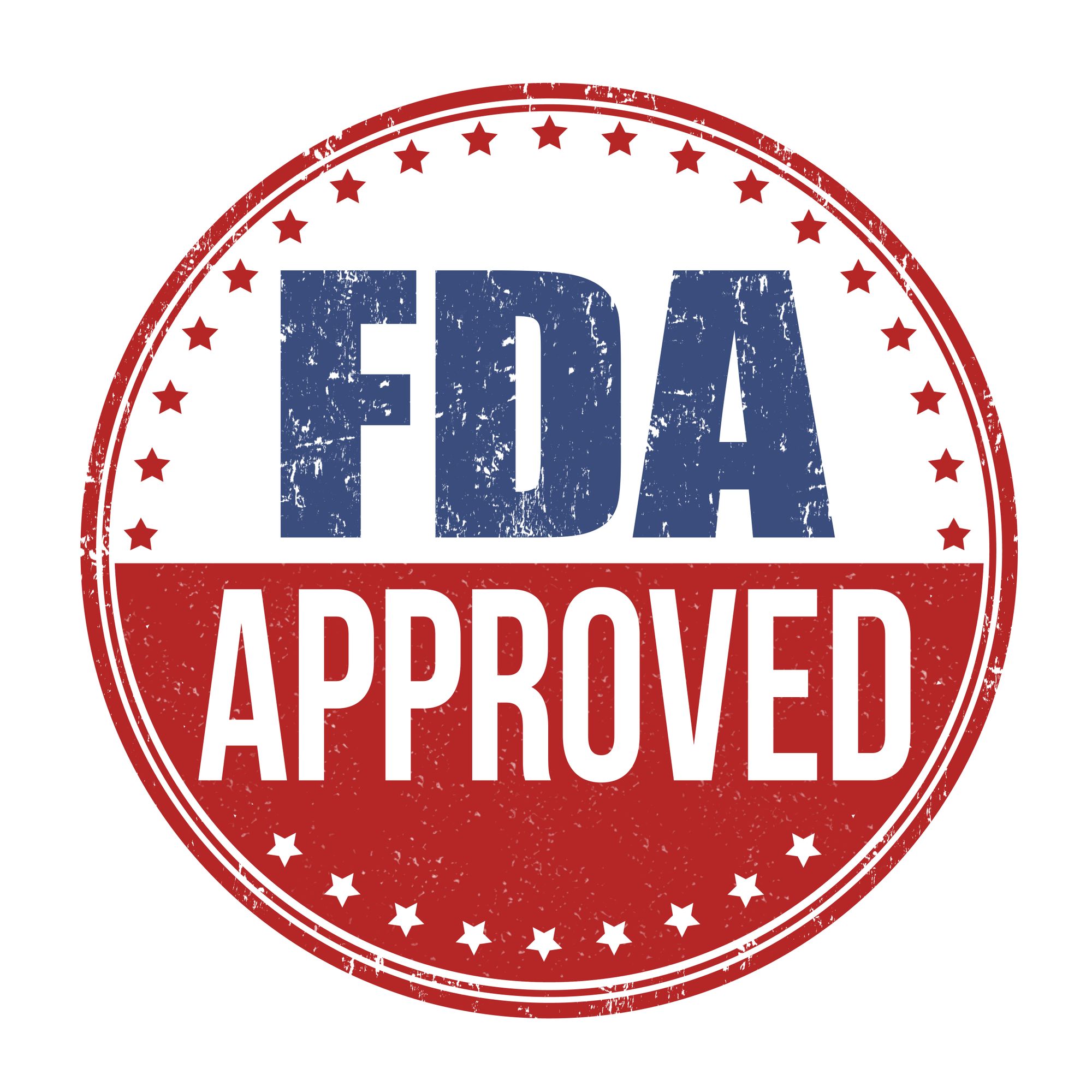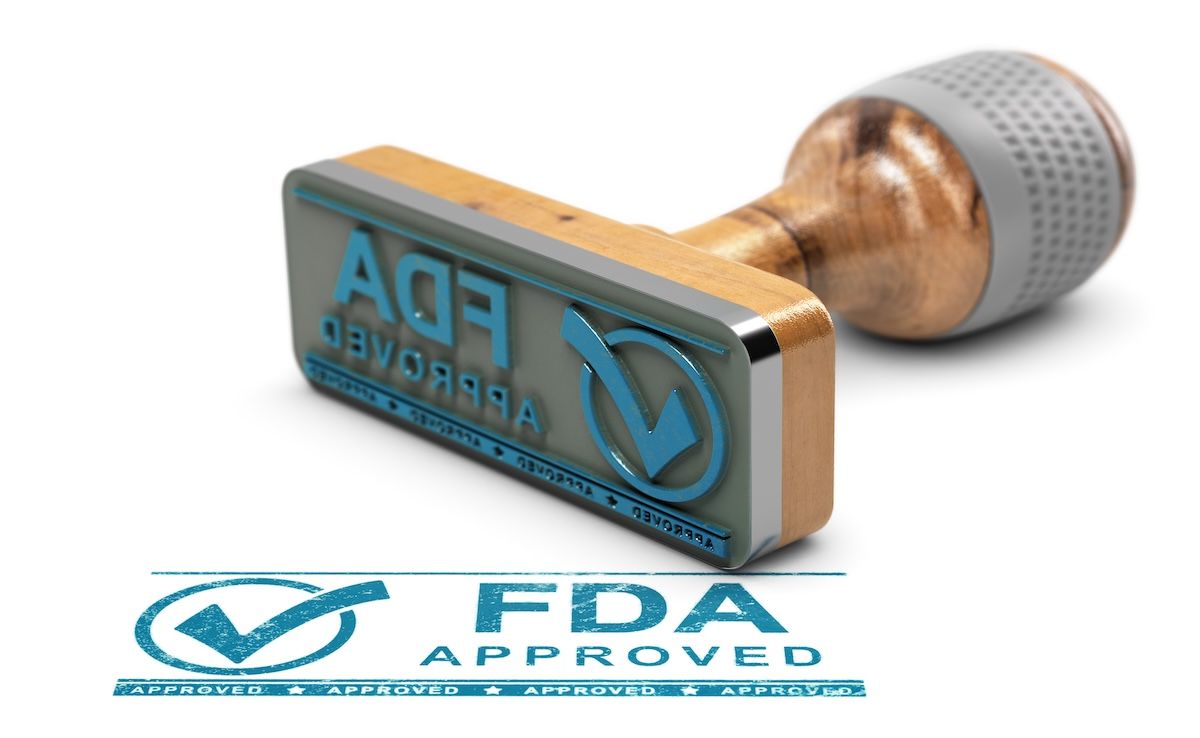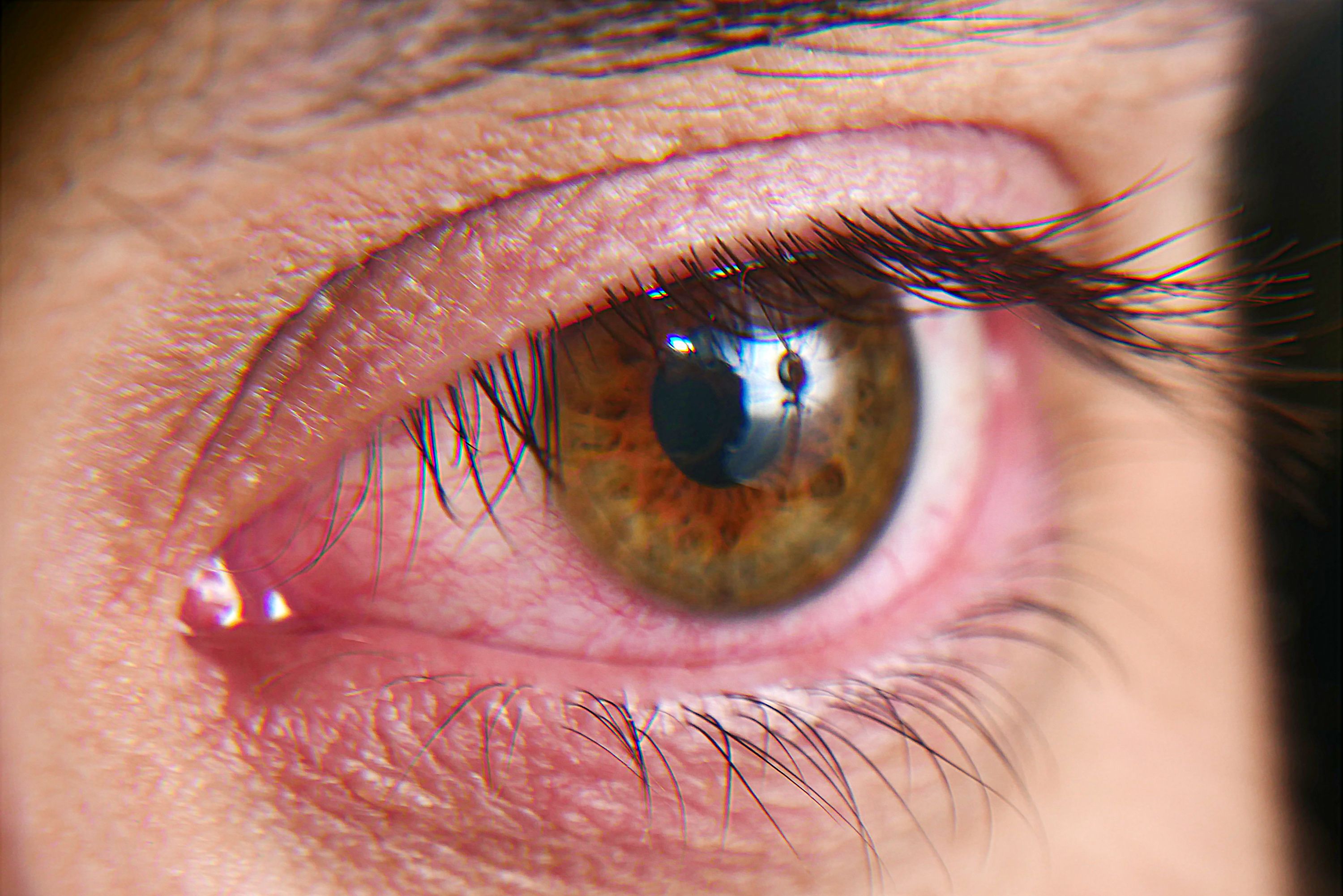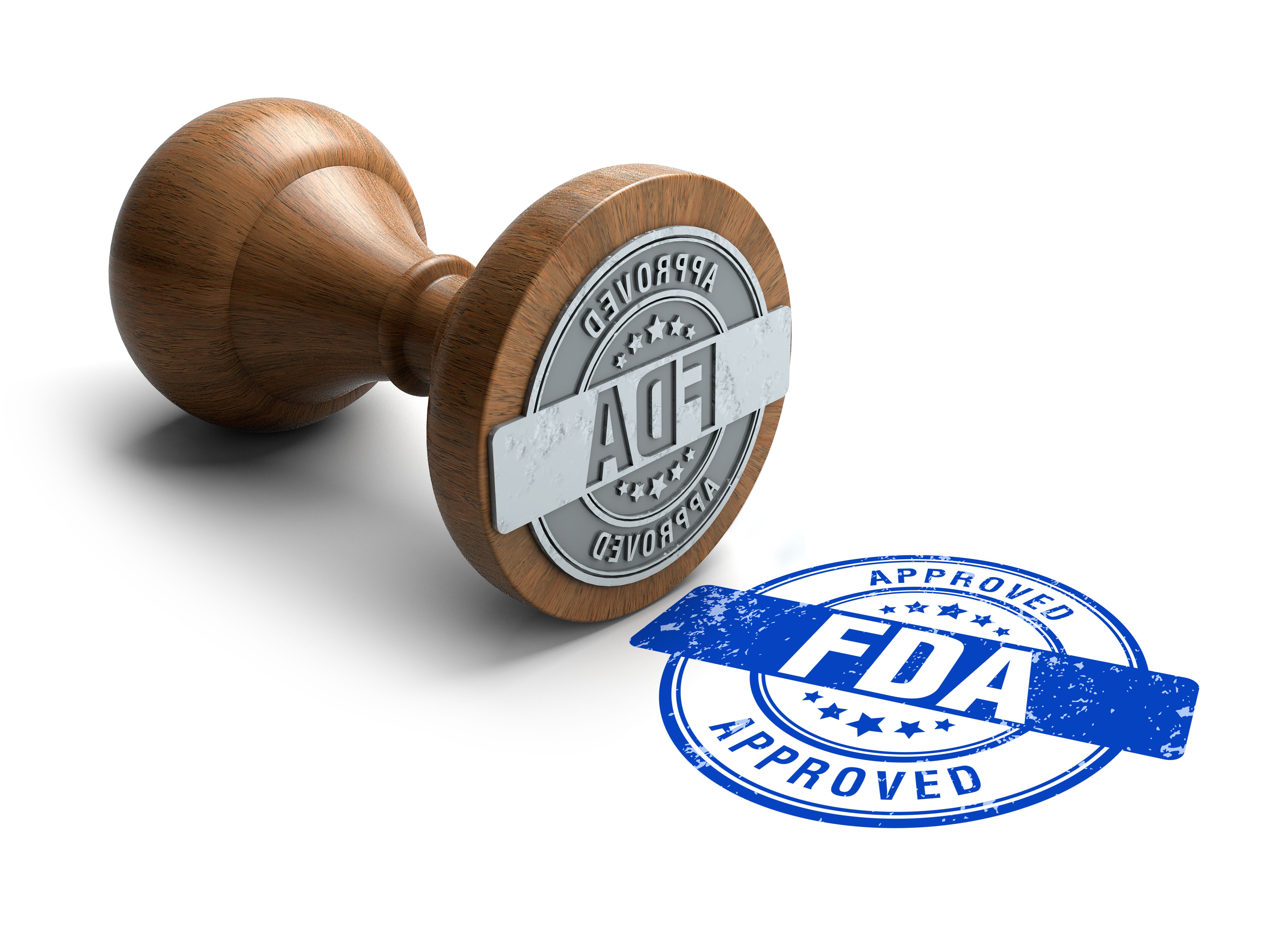Article
FDA Approves Pegloticase Injection Coadministered With Methotrexate for Gout
Author(s):
Pegloticase (Krystexxa) injection coadministered with methotrexate received FDA approval for the treatment of gout.
The FDA approved pegloticase (Krystexxa) injection coadministered with methotrexate, Horizon Therapeutics announced Friday.
Pegloticase is currently the only FDA-approved medication used to reduce symptoms of gout that cannot be managed by other treatments.
The approval covers a supplemental Biologics License Application, which was granted priority review in March, expanding labeling to help more individuals with uncontrolled gout achieve a complete response to therapy.
This FDA approval was based on results from the MIRROR randomized controlled trial, which demonstrated significant improvement and sustained response to pegloticase and methotrexate coadministration, compared with pegloticase alone.
“Immunomodulatory therapies like methotrexate are often used with biologics to reduce the development of anti-drug antibodies and allow more patients to achieve a complete response,” said Elizabeth H.Z. Thompson, PhD, executive vice president of research and development at Horizon. “We anticipate this approval will encourage more physicians to recommend KRYSTEXXA with methotrexate to help their patients with uncontrolled gout receive the full benefits of KRYSTEXXA.”
The MIRROR trial included 152 participants with gout, with 100 randomized to receive both pegloticase and methotrexate, and 52 randomized to receive pegloticase and placebo.
Patient response to the coadministered injection was more than 30% greater compared with patient response to pegloticase injection with placebo.
Specifically, 71% of patients who received both pegloticase and methotrexate achieved the primary endpoint, defined as serum urate levels below 6 mg/dL for at least 80% of the time during month 6, compared with 39% of patients in the control group.
Most (60%) participants in the coadministration group also achieved a complete response at month 12, compared with 31% of participants in the control group, marking a nearly 30% higher response rate among the coadministration group at month 12.
Further, pegloticase injection coadministered with methotrexate was linked to notable reductions in infusion reactions. During the study, 4% of patients who received both treatments experienced infusion reactions compared with 31% of patients who received only pegloticase. The researchers noted no new safety signals.
A major symptom of gout is tophus, which occurs when uric acid builds up around the joints and appears as a swollen, bulbous growth underneath the skin.
In the study, 52 patients in the co-administration group and 29 patients in the control group had tophi at baseline. The researchers discovered a 22% increase in complete resolution of 1 or more tophus at month 12 (P = .048).
“Through multiple in-practice case series, the open-label trial and the randomized controlled trial, the medical community has been actively engaged in finding ways to reduce the impact of uncontrolled gout by maximizing the use of KRYSTEXXA,” said investigator John K. Botson, MD, president of Alaska Rheumatology Alliance and rheumatologist at Orthopedic Physicians Alaska. “The expanded labeling reflects robust data on this treatment approach, which can allow us to change outcomes for many uncontrolled gout patients, most of whom have no other treatment option.”




